FAQ
Injection molding – Large upfront investment with molds, minimal design changes once molds are made, cheap part cost, months to years to create molds and mold changes, more options for materials and colors.
Additive manufacturing-No mold costs, endless design changes, more expensive part cost (but that is coming down quickly), less options for materials and colors, more design flexibility, ability to combine parts into one.
What is the cost of an injection molded part compared to 3D printing?
The cost of a part depends on several factors such as design complexity, material selection, part size, and production volume. In general, 3D printing can offer cost advantages, especially for low-volume production, complex geometries, or designs that require frequent iterations. However, it’s best to contact us with your specific requirements to get an accurate cost estimate.
What are the advantages of additive manufacturing?
The advantages of additive manufacturing include faster production times, zero tooling costs, design freedom, customization options, production on demand, and the ability to create complex geometries and internal structures that are not possible with traditional manufacturing methods.
What are the risks with 3D printing?
Some potential risks with 3D printing include limited material properties compared to traditional manufacturing methods, surface finish limitations, dimensional accuracy variations, and potential post-processing requirements for certain applications. However, advancements in technology are continually addressing these challenges. Additive Manufacturing is still new and materials are not as proven as traditional thermal plastics.
We can print using a variety of materials and colors listed here. Also look at our Capabilities page!
- Durable – Photocentric: Black: Photocentric’s Daylight Magna Durable formulation is ideal for 3D printing functional parts that are durable and long-lasting, with high impact strength that can also bend without breaking. Printed parts are able to flex under strain and return to their original form.
- Duramax – Photocentric: Black: Photocentric’s Daylight Magna Duramax formulation has been created for manufacturing functional parts that are durable and long lasting with high impact strength. Parts are stiff but can flex under strain, and quickly returning to their original form.
- Durable DL110H – Photocentric: Black-White-SmokeyQuartz: Photocentric’s Durable range is the most popular material among Photocentric’s functional materials.They can handle impact, compression, bending and stress fatigue without breaking or deforming.
While the specific properties of each material may vary, our printed parts can often match or exceed the performance of injection molded parts in terms of strength, durability, and functionality.
Are your materials certified?
We work with both certified and non-certified materials.
Please see our manufacturing supply agreement under “MEDICAL,DENTAL or other sensitive products” for more information.
Absolutely! We have a team of experienced 3D modelers who can assist you in creating or modifying your part. As you are mass-producing these parts, you want to make sure your part is optimized for cost, quality and durability. Our customers come to us usually with 3 different types of projects.
3D Print ready– This has been designed for additive and is ready for printing. The parts is ideally designed to be printed support-less and ready to come off the print bed clean. DFAM (Design for additive manufacturing) for FDM or SLA type is similar.
Designed but needs adjustments-This has been designed in CAD but may have been for injection molding or another manufacturing process. We can do adjustments in house, or give suggestions.
No 3D CAD files exist- We will get a project scope together and give you an estimate on modelling time and determine if it’s within our capabilities.
Can you assist with model optimization for 3D printing?
Absolutely! We have experienced modelers who can assist you with model optimization for 3D printing. By leveraging the unique capabilities of additive manufacturing, we can help optimize your models for improved performance, cost efficiency, and manufacturability. Whether it’s remodeling existing parts or creating new models, we can collaborate with you to achieve the best results.
Projects range from 5-15 hours of modelling for most projects and include a couple iterations. We charge $150/hour for modelling.
The timeframe for mass production of your part depends on various factors such as the complexity of the model, quantity required, and material availability. During the modelling and testing phases, modelling can take days to weeks. The biggest time use is sending parts in the mail and waiting for approval. For production, we can often produce parts in a matter of days or weeks. A typical order is 1,000 -10,000 parts but for larger orders (parts bigger than 6″ or quantities larger than 50,000 pieces) in mass production, we typically offer weekly shipments.
What is the time frame for getting my parts?
The time frame for producing your part depends on the complexity of the model, the size of the order, and the availability of materials. (During the modelling and testing phases, we can often produce parts in a matter of days or weeks, depending on the complexity. In mass production, we typically offer weekly shipments for larger orders.) Please contact us with your specific requirements, and we will provide you with an estimated time frame for your project.
What is the capacity of Merit3D to print my part?
Our printing capacity varies depending on the size and complexity of the part. However, as a general guideline, our combined Liquid Crystal Magna 3D printers can produce the following quantities per day:
- Parts the size of a USB stick: 60,000 per 8-hour day
- Parts the size of a golf ball: 10,000 per day
- Parts the size of a phone case: 5,000 per day
- Parts the size of a football: 100 per day
How long will my part take to print?
The print time for each part varies depending on its specific characteristics. Factors such as the height of the part and the level of detail required contribute to the overall printing duration. To estimate the print time, consider the layer cure time (e.g., 10 seconds) and the part’s height (e.g., 50 millimeters). Assuming a layer thickness of 0.05 millimeters, the number of layers would be 50 mm / 0.05 mm = 1000 layers. Multiplying this by the layer cure time of 10 seconds results in an estimated print time of 10,000 seconds or approximately 2.8 hours. Please note that these calculations are approximate and can vary depending on the specific printing parameters and equipment used.
Not normally. Most of our customers are looking for solutions that would have traditionally been done using injection molding, castings, stamping, or other manufacturing technologies with rigid tooling. We specialize in producing functional, mass-produced parts using additive manufacturing methods.
We strive to provide high-quality parts that meet the requirements of your application. However, due to the specific nature of each project and the variables involved, we cannot guarantee the performance or suitability of the parts for every application. We recommend thorough testing and validation to ensure the desired results.
The sky is the limit! Here are a few examples of textures. Also see the gallery of products and sample pack that will have many more textures. 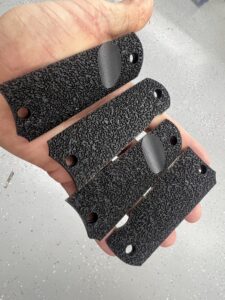
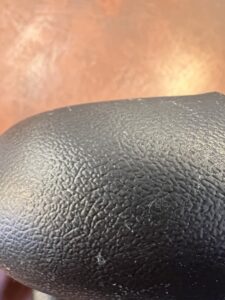
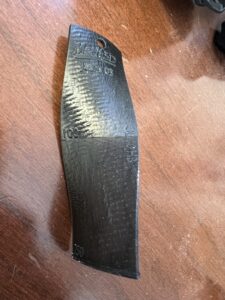
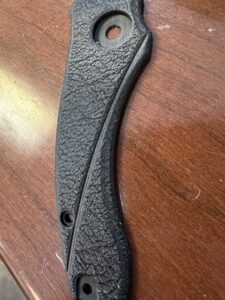
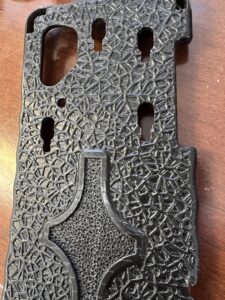
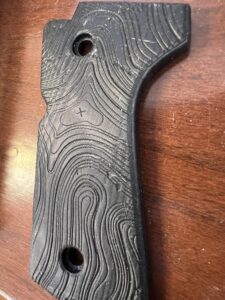
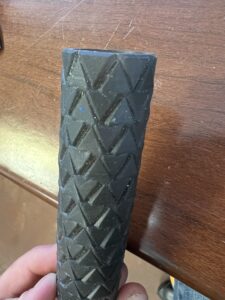
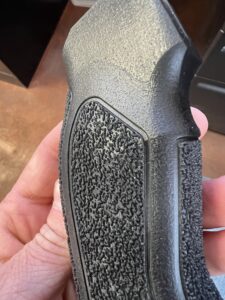
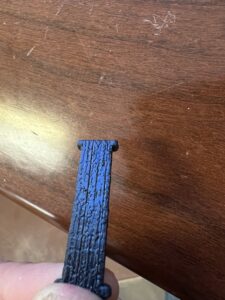
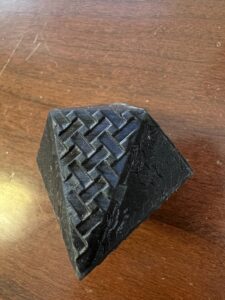
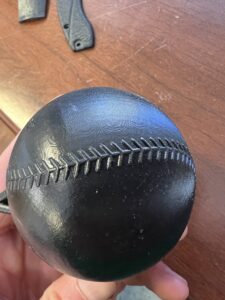
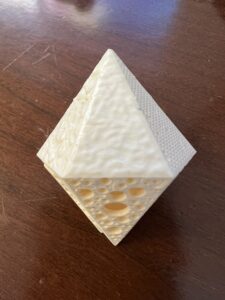
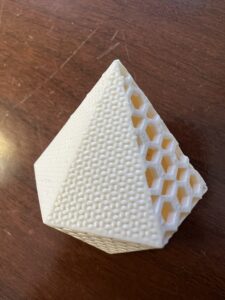
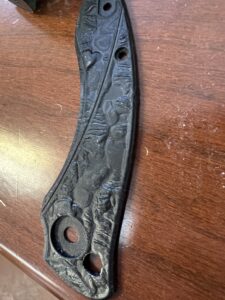
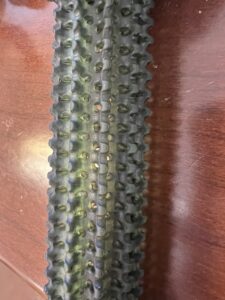
Price is located in rural Carbon county Utah. It was settled for the coal mines and at one time had 4 power plants within 25 minutes. The “War on Coal” has been very hard on our community but our goal and vision is to transition the economy from “Coal to CAD”. We have 1750 jobs being eliminated. By making parts in Price, we are reshoring manufacturing to America from over seas.
Many people say No. We say YES, “The only way to predict the future is to create it”-Bethany Girma. Additive manufacturing has the potential to replace many traditional manufacturing methods in specific applications. While additive manufacturing may not completely replace ALL traditional methods, it is expected to significantly disrupt and revolutionize many industries. With ongoing advancements in technology, materials, and processes, additive manufacturing offers advantages such as increased design freedom, reduced waste, shorter production cycles, and cost-effective customization. As technology continues to evolve, it is likely that additive manufacturing will become more prevalent and play a larger role in transforming the manufacturing landscape.
What do you see in the future of additive manufacturing?
The future of additive manufacturing looks promising, with ongoing advancements in technology, materials, and processes. We anticipate increased adoption of additive manufacturing in various industries, including the development of new materials with enhanced properties, improved precision, and higher production speeds. Additive manufacturing will likely continue to evolve and play a significant role in transforming manufacturing and supply chain processes.
Additive manufacturing finds applications in a wide range of industries, including aerospace, automotive, healthcare, consumer goods, architecture, and more. The technology’s versatility allows for the production of parts, components, and prototypes in various sectors. To explore specific case studies and examples, we encourage you to check out our collection of industry specific projects. Case Studies
We welcome visitors to our facility to see our operations and learn more about our additive manufacturing processes. Please contact us to schedule a visit and discuss the details. We love raspberry filled donuts…:)
We mainly utilize Liquid Crystal Resin (SLA LCD) printers. These can range from a variety of printers from Photocentric to Phrozen and others in-between.
Can you help with large-scale production of 3D printed parts?
Yes, we have the capability to handle large-scale production of 3D printed parts. Our production capacity, combined with efficient manufacturing processes, allows us to fulfill orders of varying sizes, from small batches to high-volume production. We can discuss your production needs and provide a suitable manufacturing plan to meet your requirements. For more information about manufacturing parts larger than the Liquid Crystal Magna may produce, fill our or web form with specific information on your part or call 833-341-2335.
For a modeling quote, fill out the online form here.
To receive a quote for your part, upload your part here.
Provide us with the relevant details such as part specifications, quantity required, material preferences, and any additional requirements. Our team will review your request but you will be able to instantly see your estimate of your part. For any specific questions or for any problems, contact us via the web form or call 833-341-2335.
Do you offer post-processing, assembly or packaging services for 3D printed parts?
Yes, we offer post-processing services to enhance the appearance, functionality, and performance of 3D printed parts. We can discuss your specific post-processing requirements and provide recommendations to meet your desired specifications.
We accept a wide range of file formats for 3D printing, including STL (Standard Tessellation Language), OBJ (Wavefront Object), STEP (Standard for the Exchange of Product Data), and more. If you have a specific file format that you’re unsure about, please contact us, and we will guide you through the file submission process.
See our Capabilities page for specific information. While our Liquid Crystal Magna 3D printers have a generous build volume, there are some limitations to consider. The maximum size of parts we can print is dependent on the specific dimensions of the printer. As for complexity, 3D printing excels in producing intricate and complex geometries. However, certain designs with extremely fine details or internal structures may require additional considerations. Please provide us with the details of your part, and we will assess its feasibility for 3D printing.
We can print both functional end-use parts and prototypes. Our additive manufacturing processes allow us to produce parts with high precision and mechanical properties suitable for functional applications. Whether you need prototypes for testing and validation or production-ready parts, we can accommodate your requirements. Our pricing model is structured for mass production so prototypes will cost more.
Yes, we offer international shipping for 3D printed parts. Customers must pay all customs, duties, and taxes. For any needs relating to international shipping call 833-341-2335.
The key here is to determine what you require for the application. Your order will not be mass produced until you approve the part. You are responsible for testing in your application.
See our case studies page! Case Studies
Also see our gallery
For prints with an ideal design:
Our Photocentric Magna printers have an x/y tolerance of +-.137 mm and a z tolerance of +-.1 mm.
Our Phrozen printers, which use 405 resin, have an x/y tolerance of +-.075 mm and a z tolerance of +-.1 mm
Each medical or dental part needs to be tested by certified labs, if you want YOUR part approved with our processes. Here is a link to Loctite, one of our material vendors, site about Healthcare Applications or Healthcare page. Generally speaking Class 1 and 2 applications are supported but not Class 3 for implant parts. It is important to note here that is it up to you as a customer to go through the proper authorities and do your necessary testing to make sure our manufacturing process will work for your application. The testing results we give, are guidelines and used to give the end user confidence that when processed correctly, the material is capable of passing different tests.
